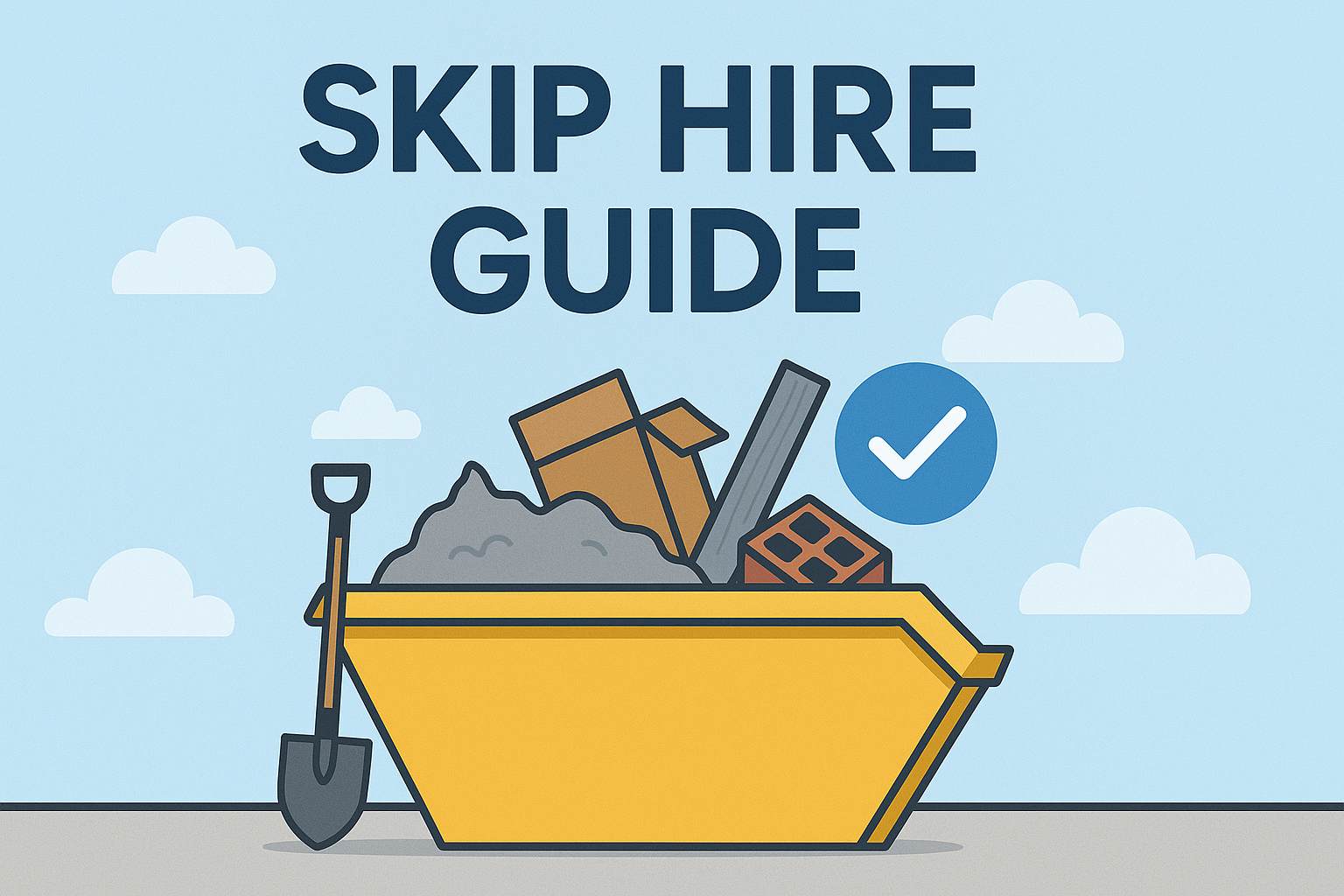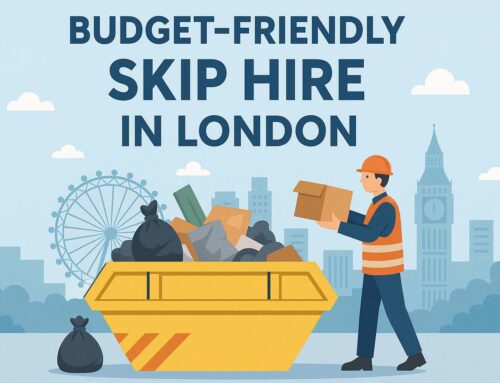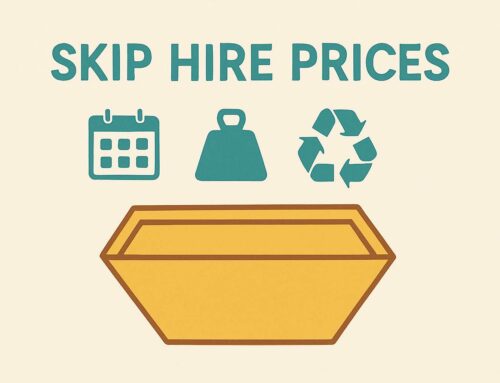Renting a skip is considered the most convenient option for cleaning off the waste from a home renovation, construction, office waste, or garden cleanout. However, you can save time, money, and inconvenience if you make the right choices before booking. So, follow this skip hire guide for everything you need to consider – choosing the right size, requirements of permits, skip placement, and restrictions on waste.
Understanding Skip Sizes
It is important to know all the details about skip sizes before making the booking. You must understand what size fulfils the purpose. Here are the skip sizes explained:
- 2-yard skip: It is an ideal skip for small clearance.
- 4-yard skip: Perfect for small projects like kitchen updates or garden clearances – holds about 30-40 bags of waste.
- 8-yard skip: This is a standard builder’s skip for home waste clearance, holding 60-80 bags of waste.
- 10-yard skip: Hold about 80-100 bags of waste for large renovations.
- 12-yard skip: Accommodates 100-120 waste bags, suitable for major clearances or building projects.
- 14-yard skip: This is the largest option, handling over 140 bags. It is mainly used for commercial work or extensive renovations.
Choose based on your project size, too small means hiring multiple skips, and too large means paying for unused space.
Understanding the Skip Hire Process and Costs
Here is how to hire a skip that involves several steps and considerations:
- Firstly, estimate how much waste your project will generate to book the right size skip. Consider the nature of your waste and how long you will need the skip.
- The skip hire costs UK vary based on your skip size, rental duration, location, waste type, and whether permits are needed. The commercial skip hire UK typically costs more than domestic skip hire due to size and capacity differences.
- You must contact the company to check the availability of skips. Book at least a week ahead during busy seasons with these skip hire tips.
- Decide where the skip should be placed. For on-property placement, ensure there’s adequate access for the delivery truck. But for roadside placement, you will require council permission and skip hire permits.
- Place heavier items first at the bottom, break down heavy items to save space, and keep the load level with the top of the skip.
What can You Put in a Skip?
Knowing about the restricted and unrestricted items to throw in the skip before booking is important. Here’s what you need to know:
Acceptable items:
- General household waste
- garden waste and soil
- wood, timber, bricks, and rubble
- metal and plastics
- non-electrical furniture
- paper and cardboard
Prohibited items:
- Electrical items and electronics
- Batteries, paint, and chemicals
- Fluorescent tubes and medical waste
- Gas bottles and aerosols
- Asbestos, tires
- Plasterboard (often needs separate disposal)
These skip hire regulations UK must be abided by, as mixing prohibited items could lead to extra charges or refusal to collect waste.
Conclusion:
Choosing the best skip hire services makes it easier to handle waste. Once you know the appropriate size of skips, the rules to follow, and your needs, you can make such decisions that will save time and money. Choose JN Skips if you need a small skip for a home renovation or a larger option for a business waste clearance. You will be guided through booking the appropriate size and throwing unrestricted items, ensuring a smooth experience. Hence, contact us today.
FAQs:
You can hire the skip for 7-14 days. However, you can get it extended according to your requirements. Discuss your timeline while booking for better clarification and to avoid any fuss at the last moment.
You may face extra charges or collection refusal if you put prohibited items in the skip. For hazardous materials, you could face proper disposal costs and potential fines.




